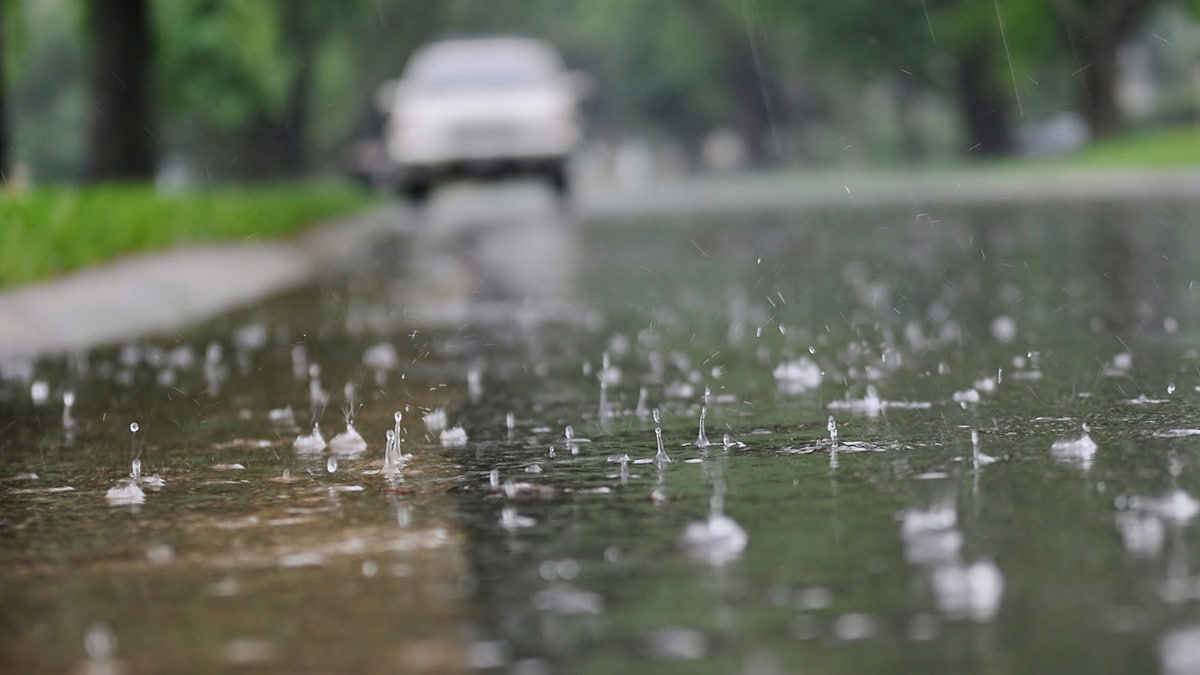At a glance
Floods are one of the deadliest of all weather-related hazards in the United States. Tracking these data can help communities prepare for and respond to weather-related events.

We Track That
The Tracking Program partners with CDC's Climate and Health Program to host and track data on extreme precipitation and flooding. The data come from several national sources.
Types of Data
The Tracking Network provides data on historical and projected extreme precipitation. It also has data on the vulnerabilities that increase risk for related health effects.
This historical indicator provides the number of extreme precipitation days and the monthly estimates of precipitation. Data are available by county and census tract for every state except Alaska and Hawaii.
This indicator shows modeled precipitation data. It includes projected extreme precipitation days and projected maximum precipitation during an extreme event. The projected data result from comparing projected values for different time periods to historical data (1976-2005). Those time periods are early 21st century; mid-21st century; and late 21st century. Data are available nationwide at the county level.
This indicator provides county-level estimates on the total area and percentage of total areas within a flood hazard zone. It also includes the number of residents and housing units per county in a 100-year flood zone. The data use flood hazard risk areas defined by the Federal Emergency Management Agency (FEMA) and the Environmental Protection Agency (EPA).
Access the Data
Use the Data Explorer to create custom maps, tables, and charts.
View data in simple Quick Reports.
Get machine-readable data through the Application Program Interface (API).
Data in Action
The Tracking Network's data on precipitation and flooding can be used for the following actions.
- Determining trends over time and place
- Evaluating extreme weather events at the national level
- Comparing extreme weather events across states.
- Understanding possible health effects and risks to specific groups
- Identifying conditions that increase risks for people
- Designing interventions to meet community needs
- Creating effective risk communication messages
